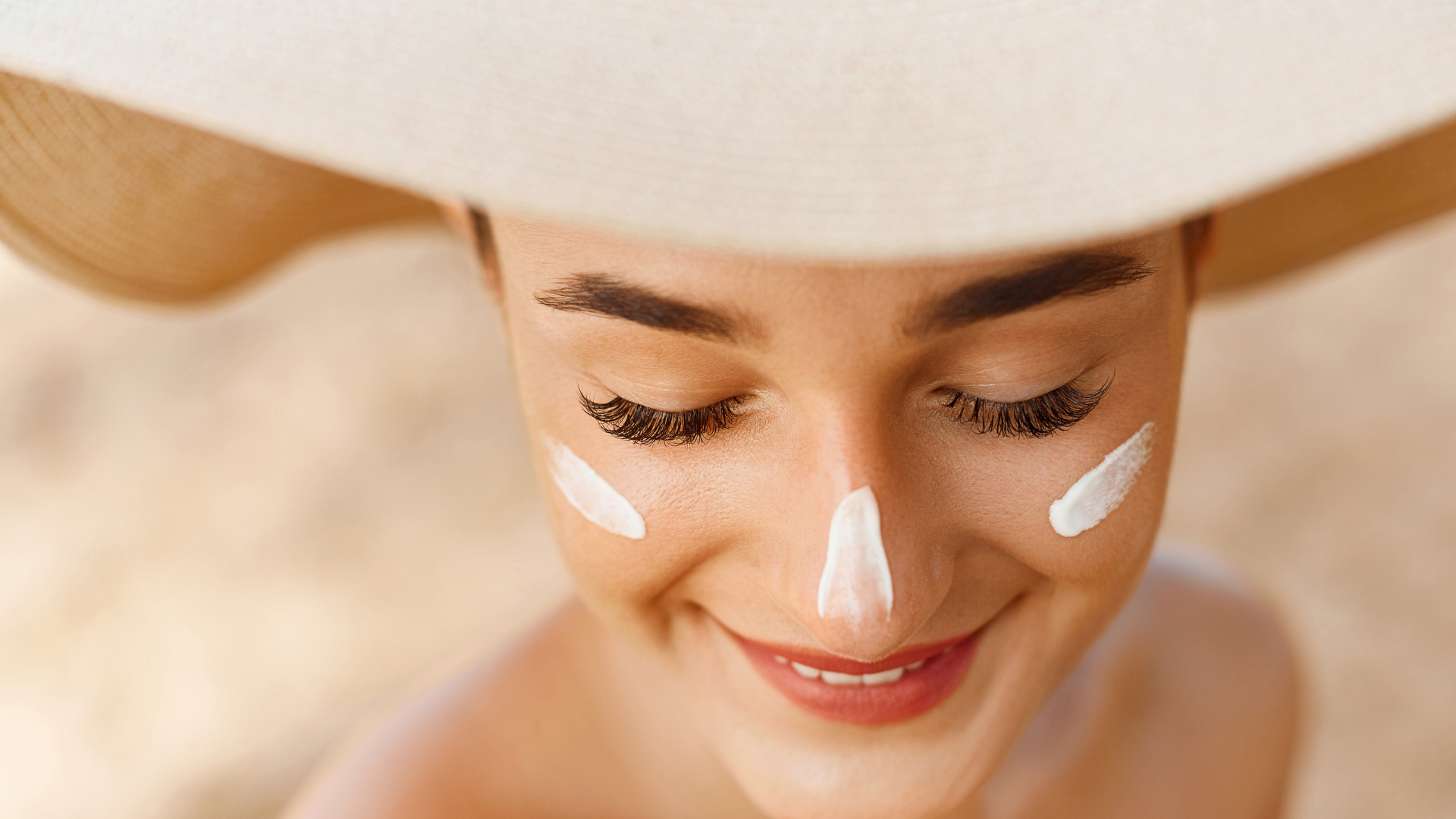As indicated by 'Beauty Streams' en si `rpòp report, the sun protection category is expected to show significant growth in the coming years. Consumers are now more aware of the importance of sun protection to prevent skin cancer, skin ageing and sunburn. And this consumer awareness is year-round, not just in summer. We are more aware of the importance of sun damage and this has led to a growth in the market for sun products.
As a result, the concept of "skinification" and "premiumisation" of sun protection is emerging and gaining momentum. Hybrid formulas are emerging, with brands integrating skincare ingredients and claims, as well as performance-based concepts that enhance the benefits of sun protection. Today's sunscreen formulas offer added benefits and advantages, such as anti-ageing properties, deep moisturisation and improved skin health, as well as providing UV and SPF protection.
Sun formulas are becoming increasingly sophisticated and effective thanks to improved and innovative filters. A new generation of light, imperceptible and transparent textures that protect without leaving a white film or a greasy or sticky effect. This makes the consumer conceive sunscreen as something more thanks to its cosmeticity because they bring new sensorial experiences. Sunscreen brands are increasingly aware of the impact their formulas can have on the ocean, the environment and marine life, and many are investing in research into formulas that are respectful of marine organisms and micro-organisms, as well as being conscious of the use of eco-friendly packaging.
The skinificación of sun care
We have seen a drastic acceleration in a new trend, or perhaps, need on the part of brands: the dermatologisation of sun care has accelerated. Increasingly, we are seeing new sunscreen formulas that stand out for their skincare benefits and are becoming a must-have in the daily routine. These benefits often include preventing prematurity, defending the skin barrier, stimulating collagen, plumping the skin, reducing pore size and promoting healthy skin. Now that sun protection is considered a year-round category, sophisticated sunscreen formulas have emerged, reinforced with common skincare ingredients such as bakuchiol, niacinamide, ceramide, peptides, hyaluronic acid, beta-glucan, and ayurvedic and adaptogenic superfruits.
New technologies on the horizon
At the same time, in suncare, as the Beauty Streams report reports, new technologies are emerging to drive innovations that add value to products and respond to changing consumer needs. Some brands are exploring disruptive concepts with unique technologies to offer products that perfectly suit every skin tone. Technologies activated by sweat, water, heat or humidity activated by sweat, water, heat or humidity, and scientists have developed technologies with new molecules and application devices that optimise sunscreen application, making the sunscreen experience more seamless.
High textures and formats
Changing attitudes towards sun protection are creating new textures and formats. Brands are improving their offerings to provide textures that enhance the consumer's sensory perception without losing efficacy. These new textures, such as formulas, waters and mists, are super-light and ultra-thin, invisible and non-greasy. They also stand out for their rapid absorption and immediate refreshing action. It generates a dry finish and a clean skin feeling. Meanwhile, new formats, such as reusable, waterproof patches for outdoor activities, and sheet masks. These are convenient formats for use after sun exposure. These new products enhance the sun care routine with pleasant textures, innovative formats and sensorial experiences.
A commitment to environmental protection
A recent scientific study shows that chemicals in sunscreens contribute to the bleaching of coral reefs and their death. At the same time, they damage other marine life. For this reason, some countries where the sea and its beaches are the main attraction have decided to ban products containing ingredients harmful to coral life. One example is Hawaii, which in 2018 banned the sale of sunscreens containing oxybenzone and octinoxate in their formulation. These two compounds contribute to coral bleaching. In Mexico, the use of non-biodegradable sunscreens has been banned in some protected areas of the country. In recent years, sunscreen manufacturers have sought to strengthen their commitment to the environment by researching eco-friendly solutions to support marine life, protect coral reefs and reduce plastic pollution in the oceans.
Market opportunities and key findings
Sunscreen brands can look to incorporate ingredients, benefits and claims traditionally seen in facial skincare to offer benefits beyond sun protection. Brands need to be even bolder and even more daring in their formulations, exploring next-generation tactile effects to offer sensual attributes that not only contribute to skin benefits, but also play an important role in the perception of product efficacy. Innovations in ingredients and advanced technologies also offer new possibilities to create more effective and personalised sunscreen formulations.
With tons of active chemicals from sunscreens being dumped into the oceans every year, awareness of the need to protect marine life and coral reefs is growing, giving brands the opportunity to create formulas that promote a clean ocean ecosystem.
